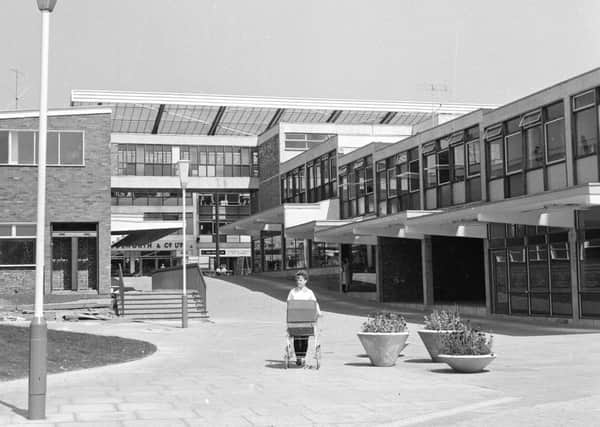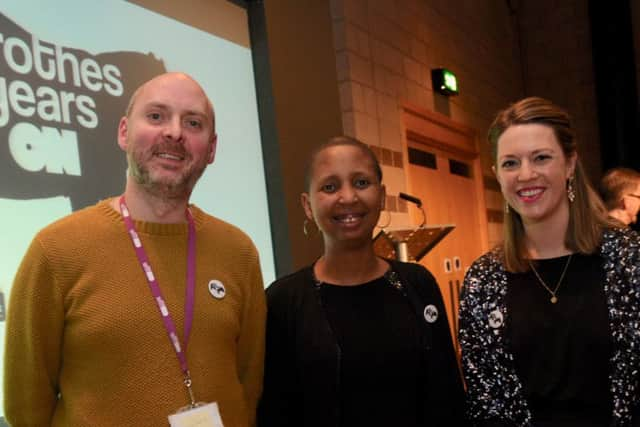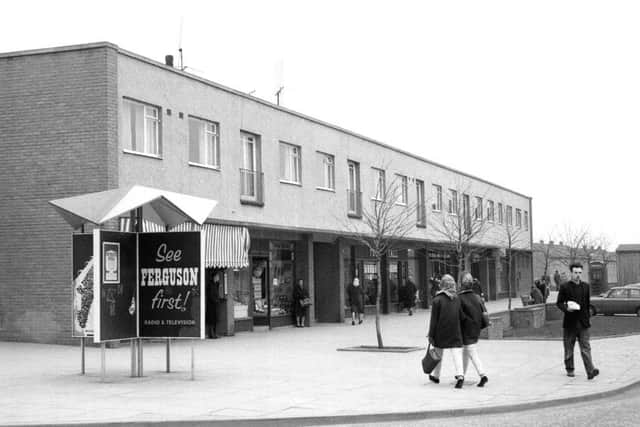Ahead of its 70th anniversary, Glenrothes tells its digital story


Glenrothes was one of five Scottish new towns to be built in the post-war era. Now, to mark its 70th anniversary later this year, a seven month innovative digital storytelling project has brought together residents to share their experience of living in a purpose-built community.
Dan Brown - no relation to the American author - was hired to work with various community groups to create “digital stories” that capture life in the town. More than 50 short videos were created as a result, and have now been shared online for residents past and present to enjoy.
Advertisement
Hide AdAs well as shedding light on the town’s past and present, the project was also conceived to help boost digital skills among participants. Techniques in internet research, video editing and publishing were core elements.


Among those to take part was Chantal Mrimi. After fleeing the Rwandan genocide in 1994 she settled in Glenrothes, and was proud to contribute to the story of her adopted hometown.
“The digital storytelling project has enabled me not only to share my story but discover who I am. I found the experience both moving and humbling,” she said. “The process enabled me to revisit my past in a safe and comfortable way, therefore enriching me as a person. I gained confidence in how to work with digital technology in order to capture stories and experiences. Through this platform, I gained confidence to use my voice in a positive way.”
Dan said: “The history of Glenrothes is fascinating and I have very much enjoyed collecting a diverse range of tales from local associations and residents, telling their own personal stories of living and working in the area. From grappling with issues of loss, identity and mental health, to post-war childhood adventures and songs about aspiring to be like Bruce Springsteen, the community has poured its heart and soul into the project.


“The common theme is that these are all very personal and social stories that I feel will resonate not only locally but on a national and international level.”
Situated in central Fife, between the long established villages of Leslie, Thornton and Markinch, Glenrothes was originally intended to house workers from the National Coal Board’s state-of-the-art Rothes colliery. But while the pit failed, Glenrothes prospered.
Advertisement
Hide AdThe storytelling project was funded by the Scottish Government and delivered by the Scottish Book Trust and Fife Cultural Trust.
Marc Lambert, CEO at Scottish Book Trust, said: “We were delighted to work in partnership with Fife Cultural Trust to deliver this Scottish Government funded Digital Storytelling project.
Advertisement
Hide Ad

“Research suggests there is a link between those least likely to participate with digital culture and those most likely to be disenfranchised from society.
“People least likely to be online are those facing other, often multiple, forms of social isolation. In particular, levels of digital uptake are significantly lower amongst older people, people with disabilities and people living in deprivation. This project enabled participants to have their voices heard.”
